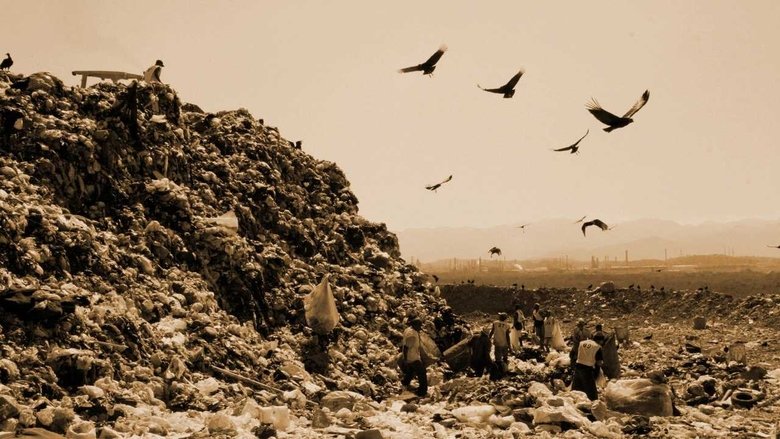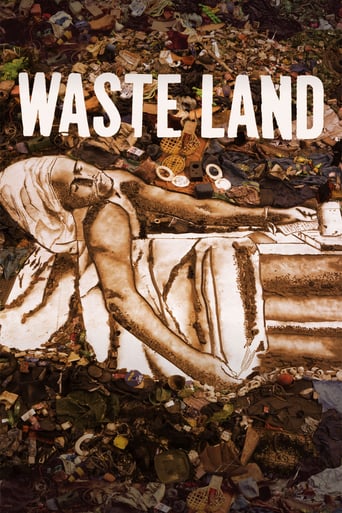
An uplifting feature documentary highlighting the transformative power of art and the beauty of the human spirit. Top-selling contemporary artist Vik Muniz takes us on an emotional journey from Jardim Gramacho, the world's largest landfill on the outskirts of Rio de Janeiro, to the heights of international art stardom. Vik collaborates with the brilliant catadores, pickers of recyclable materials, true Shakespearean characters who live and work in the garbage quoting Machiavelli and showing us how to recycle ourselves.
Similar titles


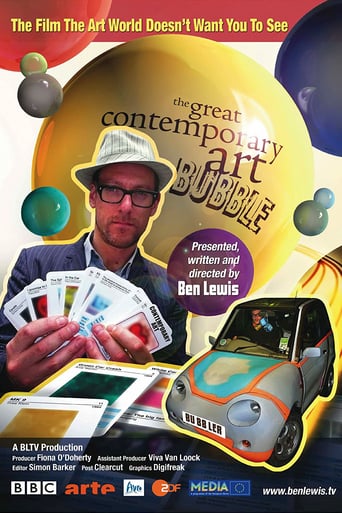
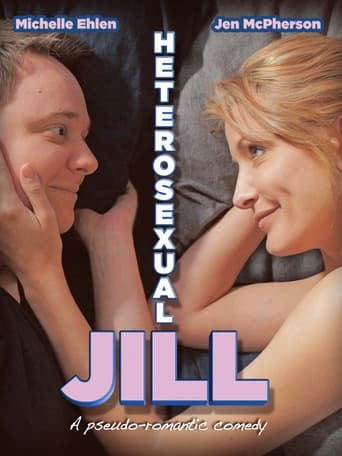
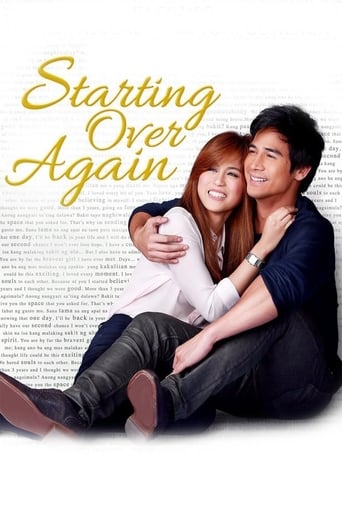


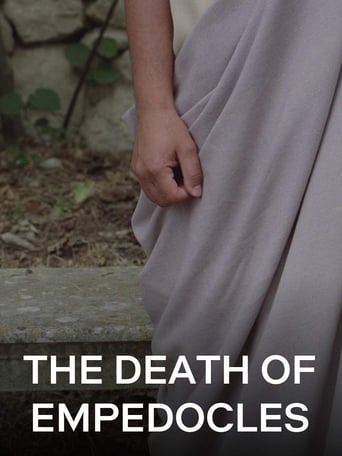
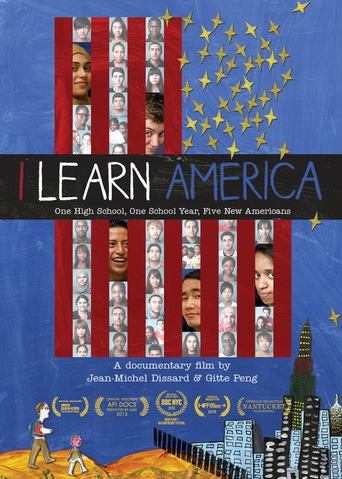
Reviews
Nice effects though.
Just what I expected
The film creates a perfect balance between action and depth of basic needs, in the midst of an infertile atmosphere.
There's no way I can possibly love it entirely but I just think its ridiculously bad, but enjoyable at the same time.
An moving documentary highlighting the transformative power of art, and the beauty of the human spirit. Top-selling contemporary artist Vik Muniz rooted in New York decides to give back to a community where he was born and raised. He travels to Jardim Gramacho, the largest landfill in the world on the outskirts of Rio de Janeiro. With the intention to help the pickers to improve their lives using his art, what starts as an introduction to the devastating poverty and lack of infrastructure in the slums of Rio de Janeiro, begins to transform into a story of unrelenting spirit, strength, and inspiration. Perhaps director Lucy Walker initially intended to make the film about Muniz. If so, her subject led her to a better one; as he returns to Rio to photograph pickers for a series of portraits, she begins to focus on their lives. We see where they live, we meet their families, we hear their stories, we learn of the society and economy they have constructed around Jardim Gramacho, the "Garbage Garden." Zumbi, a member of the association, who began a library from his home from books that had been discarded, Irma, a cook who makes stews and roasts from edible meat to feed the workers, Suelem, an 18-year old girl who has been working in the garbage dump since she was only seven years old, and Valter, an elderly man who entertains with stories and songs and who decides to participate because he believes that "it will raise awareness of all us pickers." Once the initial photographs are made, Muniz projects an enlarged version of each photo onto the floor of his studio and hires the pickers to add refuse from the landfill onto the canvas, photographing the result from overhead. This then becomes the finished art work, ready to be exhibited at auctions and museums around the world-- with the pickers traveling to such cities as London and New York, the first time they have ever left Gramacho. (Heavily debated decision and the possible ramifications.) Life is unpredictable that way. "Waste Land" is a testament that things can go from good to bad in an instant. But they can also improve just as quickly. A social documentary based around a self reliant community of people disregarded and largely ignored, who find unrealized beauty in their everyday work, modern art, and in themselves. I can never again put out my recycling bin without giving thought to how much more this film communicates than just that.
The title of this documentary is derived from T. S. Eliot's apocalyptic poem The Waste Land, where the world has been polluted by modernity. Director Lucy Walker isn't as bleak about her project because the film has the framework of a simple feel good story. Yet under the surface is anger, hurt and true humanity. It was appreciated through the eyes of artist Vik Muniz who obtained a new perspective on the world. He's extremely wealth and popular but prior to this film he was unsatisfied with his materialist lifestyle. On the edge of Rio de Janeiro is Jardim Gramacho, the world's largest garbage dump. "Catadores" or pickers are people hired by the ACAMJG (Association of Collectors of the Metropolitan Landfill of Jardim Gramacho) to organise the garbage there into recycles so the materials can be sold. Vik initially intended to paint the catadores with rubbish since he is adept in collecting everyday things for his projects. One of his most famous works is called "Sugar Children", where he used sugar from the plantations in St. Kitts to develop images of the children working there. The purpose of this is to retain a tangible connection to his subjects as he constructs the works. It seems to remind him of what he is really illustrating, physically and metaphorically. This same method surfaced during the Waste Land project. He discovered that beneath the rubbish were real people who suffered and sometimes didn't even know their own situations. Vik's wife commented that some of them are in denial and that taking them out of their environments would potentially disrupt their minds. It was a valid point because many of the people working on the landfill had been there since childhood. They scavenged through the enormous rubbish piles willingly but were smart enough to organise it into piles so it could be sold and recycled efficiently. They showed their colour and intelligence to Vik through some of their quotes like '99 cans is not 100' and 'it's not rubbish because it can be recycled'. His empathy is clearly articulated in the documentary. He said that he used to grow up in poverty and suggested that he could have been working in the landfill. This is what developed his connection on camera and why he chose to make them the focus of the works. He auctioned off the paintings he made of them so that he could use the money to improve their lives. One of the most humorous paintings Vik design was a recreation of Jacques-Louis David's "The Death of Marat" in an old tub.The class elements of Waste Land are its most surprising socio-political concerns. Many of the pickers stated they were frowned upon by people, who were not only wealthy, but well-educated Brazilians too. One of the common responses was that they don't care about being dirty because it was a more honest line of work than the prostitution in the area. The pickers in the film are distinguishing because of their courageous attitude but also because their stories are moving too. One of the women commented that she hated working in the landfill. She described how when her son died his body was wrapped in a plastic bag. Another woman recalled how she saw a baby left in the rubbish, which seemed deeply affecting for her because she had children of her own. The hurt beneath these people, who were so diligent towards a thankless task, gives the film emotional pull. It is a nice movie because it's about someone who simply wanted to use his own wealth, status and creativity to do better by others. It's very cleanly photographed and one of the most interesting shots is a wide angle of Vik sitting in his quarters, surrounded by all the junk on his wall, showing his isolation. This is just after he said that he was unfulfilled by how materialistic his life became. The only thing wrong with the film is that the occasional Portuguese subtitles are in a white font, which means that in bright areas they are sometimes impossible to read. If it were a Hollywood picture people would call Waste Land sentimental and predictable. Yet the importance of the documentary is that its subjects and their attitudes are real and that there are still genuinely kind and hardworking people in the world. I find that alone extremely refreshing.
Is a good cause an excuse to produce bad art? Not in my book. And there is even less reason to make a film about it. It's an entertaining watch, I'll give them that. Beautiful shots of a Brazilian dump teeming with pickers and scavenging birds are best viewed from the comforts of you local independent cinema. The music swells to a heartwarming crescendo when the goodhearted artist takes that poor Brazilian waste picker to London on his first journey into the first world. And the artist, being a true philanthropist, doesn't stop at showing handpicked members of the Brasilan underclass, what his flashy world is like, no he makes sure from the start that the final profits of his pictures will go straight to those poor bastards. While the lucky sod breaks down and weeps as the picture is auctioned for 28000 pounds, Vik Muniz even takes the time to give him a short introduction into modern art.What makes this so unbearable to watch is the artist's complete lack of irony and, well shall I say humbleness, and the filmmaker can't be too keen on that either. Fairly early in the proceedings Vik and his wife sit in front of the computer screen that depicts Brasilians largest landfill and the artist announces proudly that this is where he is going to live for the next two years, while he, his wife and the audience knows pretty well that he's not going to do anything of that sort. But now we know what Lucy Walker is trying to tell us and we feel cheated. Namely that here we have a man who deeply cares about his fellow citizens, but if he really was the altruistic person that this film tries to makes us believe, he would have been more concerned about the plight of the people and less with portraying himself as this selfless do-gooder. This culminates in the scene when, towards the end - all the money came in already- the artist asks the black underdog if, at the very beginning when this crazy artist showed up on the dump, and told him about his vision of making art out of garbage, if he (the underdog) had realistically believed it would amount to anything, let alone a major show at the National Museum in Rio, the underdog is humbled into sheer awe, when in fact he should have answered: Well, as you had a full camera team with you, to document every step you did, I had an inkling that the whole thing would have an happy ending:' And maybe he even said something like that but it sure as hell got cut out for the final edit, cause although the director wants us to believe otherwise, the whole thing seems staged.
Vic Muniz's art has never been as influential as when he decided to spend 2 years at the world's largest landfill outside of Rio. The catadores or pickers became his subjects, a ragtag group of Shakespearean types who love what they do for a living, making something out of someone else's nothing. Waste land is the title for this engrossing documentary about art as few have experienced it till now.Making a living is what they made until Muniz changed the way they looked a recyclables. He bonded the artifacts with the humans and created memorable portraits of the pickers. A show in London, which they attended, became a catalyst for change in their lives and in the lives of spectators who had no idea Rio's garbage had become Rio's recyclables under the hands of these professional pickers.Muniz makes sure no one condescends, no one feels sorry for his subjects, some of whom have never known anything but the landfill and others who have chosen it rather than deal drugs or prostitute themselves. Waste Land is as dignified a story about the potential of the poor class to rise out of its garbage and transform it into art and a better life. For this reason, Muniz can stand with the great humanitarians like Albert Schwitzer and Mother Theresa.
Top Streaming Movies











